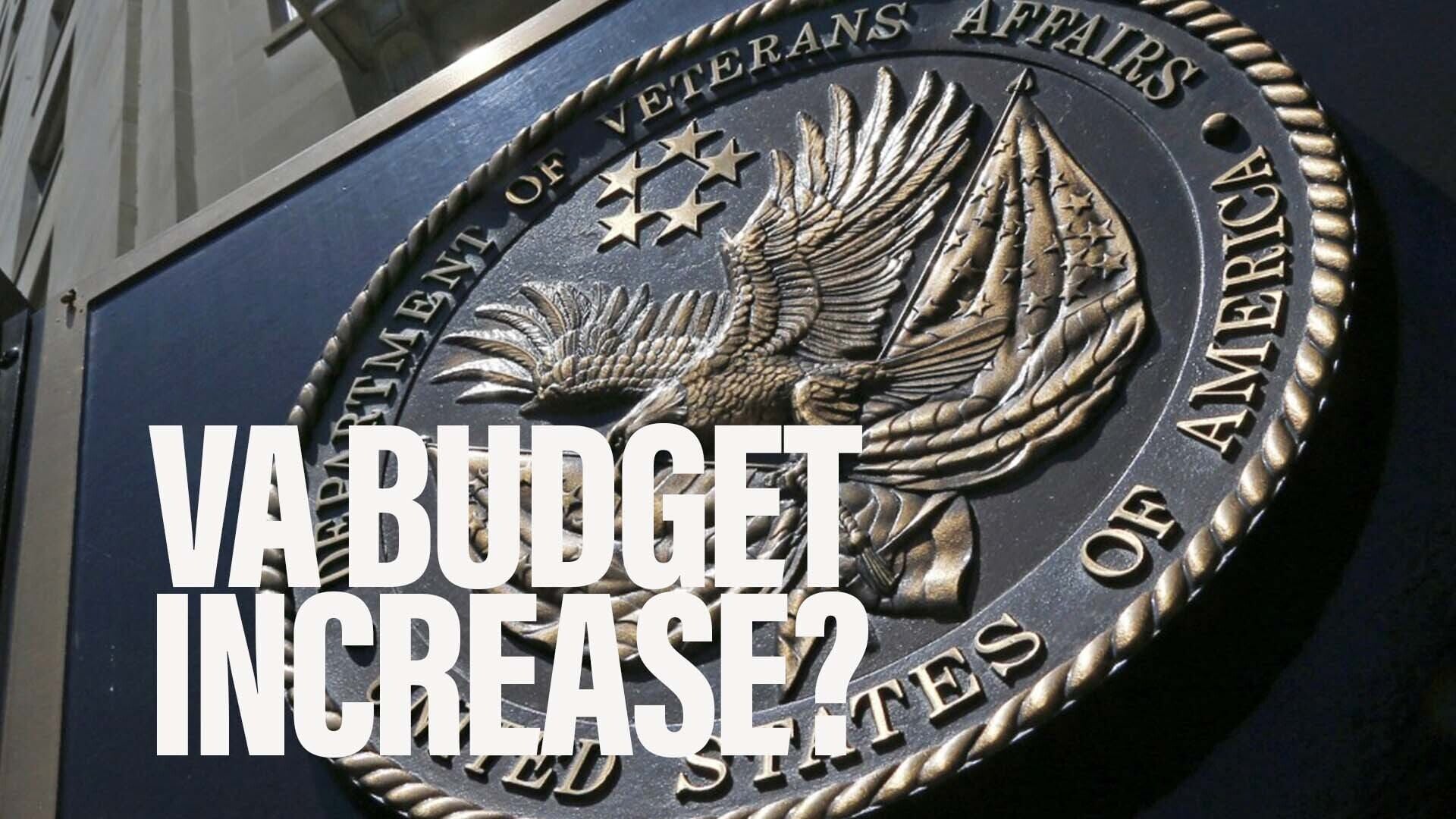WASHINGTON — The battle to build the US Air Force's $16.3 billion T-X trainer officially kicked off Friday with the release of the final request for proposals.
The competition pits defense contractors Lockheed Martin, Boeing, Northrop Grumman, Raytheon and Sierra Nevada Corp. against each other for one of the last major Air Force aircraft programs on the horizon. The T-X will replace the T-38 and will be the first trainer designed to train the fifth-generation pilots of the F-22 and F-35.
"Our ability to get the most out of our fifth-generation aircraft depends on success in the Advanced Pilot Training program," Air Force Chief of Staff Gen. David Goldfein said in a statement. "In terms of both providing realistic, holistic training and reducing flying hours on our fifth-generation platforms, T-X is a program we've got to get right."
The winner of the contract — planned to be announced in 2017 — will likely be responsible for manufacturing the entire 350-strong-aircraft program of record. After the delivery of five test aircraft, the Air Force plans to execute contract options for two batches of low-rate production and eight rounds of full-rate production. The contract also includes ground training systems, mission planning and processing systems, support equipment, and spares.
Initial operating capability is planned by the end of fiscal 2024.
One of the biggest questions is whether financial incentives given for higher-performing bids will swing the competition. For example, the service will knock up to $88 million off a proposal’s total evaluated price for high G maneuvering beyond the threshold value, and $51 million for high angle of attack. These incentives, introduced in an earlier draft version of the request for proposals, remained the same in the final version.
Because T-X is one of the service’s most high-profile aircraft programs, the Air Force has taken special care to guard it from a protest — an event that most in industry see as probable. In a statement, Air Force Secretary Deborah Lee James said the service conducted "extensive dialogue with industry" that helped refine the final request for proposals (RFP).
"Our dialogues have clarified RFP requirements and saved tens of millions of dollars in development cost and risk while still ensuring we acquire capability needed to train our next generation of pilots," she said.
The T-X Contenders
The field of T-X competitors couldn’t be any more different, with both flashy, clean-sheet designs and proven aircraft already in service vying to become the Air Force’s next trainer.
Lockheed Martin has partnered with Korea Aerospace Industries (KAI) to offer the T-50A, a modified version of KAI's supersonic T-50 trainer flown by South Korea, the Philippines, Indonesia and Iraq. Lockheed has been flying two T-50A aircraft since this summer and recently moved one aircraft to the company’s final assembly and checkout facility in Greenville, South Carolina.
Raytheon also opted to update an existing design, and partnered with Leonardo, Honeywell and CAE on the T-100. The T-100, based on Italian firm Leonardo’s M-346, will be manufactured in Meridian, Mississippi, should the companies win the contract. The team has already built and flown one T-100 aircraft in Italy.
Northrop Grumman teamed with BAE Systems and L-3, and Northrup has kept a close hold on any information regarding its clean-sheet T-X, which was seen conducting taxi tests this summer before a reported first flight in August.
Boeing took the opposite approach, inviting media to a flashy rollout ceremony in St. Louis earlier this year, where the company unveiled that it had created two purpose-built T-X aircraft. The first of those jets made its inaugural flight this month.
Sierra Nevada Corp. made its presence in the competition known this month, disclosing to Aviation Week that it had built a "Freedom Trainer" with Turkish Aerospace Industries.
Textron’s Scorpion jet could be yet another spoiler, but it still remains to be seen whether the company will thwart expectations and offer the aircraft for the T-X program. Company executives have said a final decision will not be made until a final RFP was issued, however the Scorpion program has made strides over the past few months, including the start of limited production and the first flight of a production-conforming version jet on Dec. 22.
During the flight, which lasted a little less than two hours, test pilots Don Parker and Dave Sitz took off from McConnell Air Force Base in Wichita, Kansas, and checked the aircraft’s avionics and performance. The first Scorpion jet, a demonstrator, took its first flight in December 2013, but the production-conforming plane that flew this month incorporated suggestions from potential customers, the company said in a news release.
A new avionics system — Garmin’s G3000 — was one of those changes. Textron also modified the wings to 4 degrees of sweep, improved the aft horizontal stabilizer to increase the plane’s performance at high speeds, simplified the landing gear, and integrated a new heads up display and throttle and stick controls.
Valerie Insinna is Defense News' air warfare reporter. She previously worked the Navy/congressional beats for Defense Daily, which followed almost three years as a staff writer for National Defense Magazine. Prior to that, she worked as an editorial assistant for the Tokyo Shimbun’s Washington bureau.








